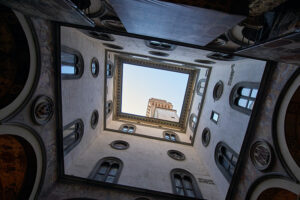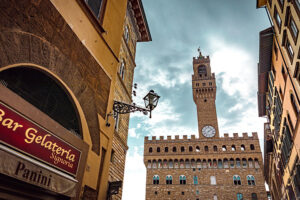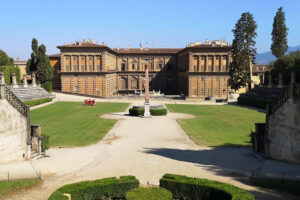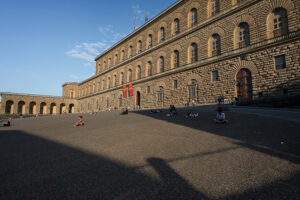The Pitti Palace in Florence: a place with an amazing history
One of the first things that caught my eye the first time I visited Florence was the number, of majesty, of its palaces. Wherever you go in the main historic center, along the banks of the Arno river, and in the Oltrarno neighborhood, you find “royal-looking” abodes lining the streets and enhancing the old-world atmosphere with their grandeur.
The largest and most imposing palace in Florence: Palazzo Pitti
But there’s one that stands out for its vastness and majesty, and that’s the Pitti Palace. Rising on the southern side of the Arno, more or less 5 minutes from the Ponte Vecchio, the Pitti Palace is an enormous rusticated stonework building (which means it is made of large stones that are cut back on the edges but left rough in the middle) that dates back to 1458.
Needless to say, the history of the Pitti Palace is nothing short of incredible.
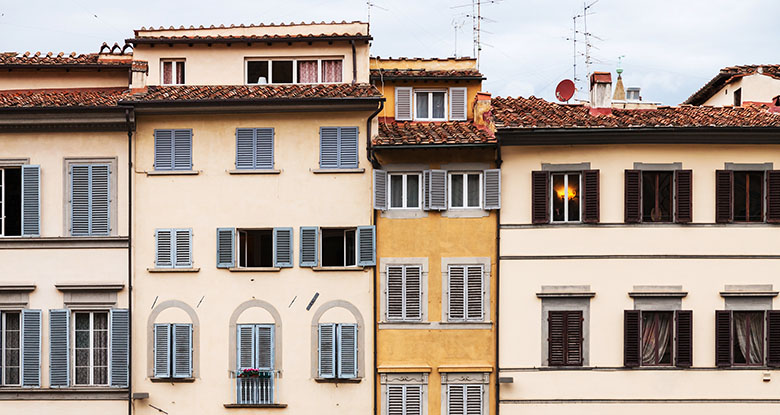
History of Pitti Palace – when and why it all began
The Pitti Palace owes its name (and its size too, actually!) to Luca Pitti, the man who first commissioned it to be built, who was a rich and powerful banker. Pitti, a braggart, and arch-rival of the Medici family wanted a home that would be more opulent and showy than the one Michelozzo had just built for Cosimo the Elder. But, as the story went, the project he approved ended up being much too expensive, and work on the palazzo stopped in 1465.
History of Pitti Palace – when it became the Medici’s home
Though Luca Pitt’s heirs lived in the palace after his death, the family’s finances never did get back to what they had been. And so, in 1549-1550, Buonaccorso Pitti sold his palace to Cosimo I de’ Medici’s wife, Eleonora di Toledo. Eleonora, the daughter of the viceroy of Naples, has always wanted to live in the Oltrarno area, rather than in the town center. She longed for fresh, healthy air because she had had TB, suffered from what was called “pulmonary hemorrhages”, and had sickly children too. Plus, Palazzo Vecchio’s tiny windows didn’t suit her Southern Italian love for light: Eleonora wanted a bigger, more airy home, and she wanted a garden. The Pitti Palace, rising on the slopes of the Boboli hill, was her dream come true.
A princely residence for Florence’s most powerful family
The Pitti Palace kept its name but became the principal residence of the Medici, and consequently many of the city’s noble families wanted palaces “on the other side” of the Arno river. Great architects such as Ammannati, Tribolo, Vasari, and later Buontalenti enhanced and enriched the Pitti and created the spectacular Boboli Gardens, and so the Medici had a dwelling as ornate, sumptuous, and princely as they had wanted.
History of the Pitti Palace – what happened after the last Medici died
When the last Medici heir, that is to say, the last male in the bloodline, died in 1737 his sister Anna Maria Luisa de’ Medici, the Electress Palatine, lived in the palace for a while. When she died the dynasty ended forever, the rule of Florence, and the Pitti Palace passed to Tuscany’s new Grand Dukes, the Lorraines. They maintained the power, and lived in the Pitti Palace, until 1860, when Tuscany became part of the Kingdom of Italy under the rule of the House of Savoy. The King of Italy lived in the Pitti Palace between 1865 and 1871 when Florence was the capital of the Kingdom of Italy. Finally, in 1919 the palace and Boboli Gardens became a museum.


